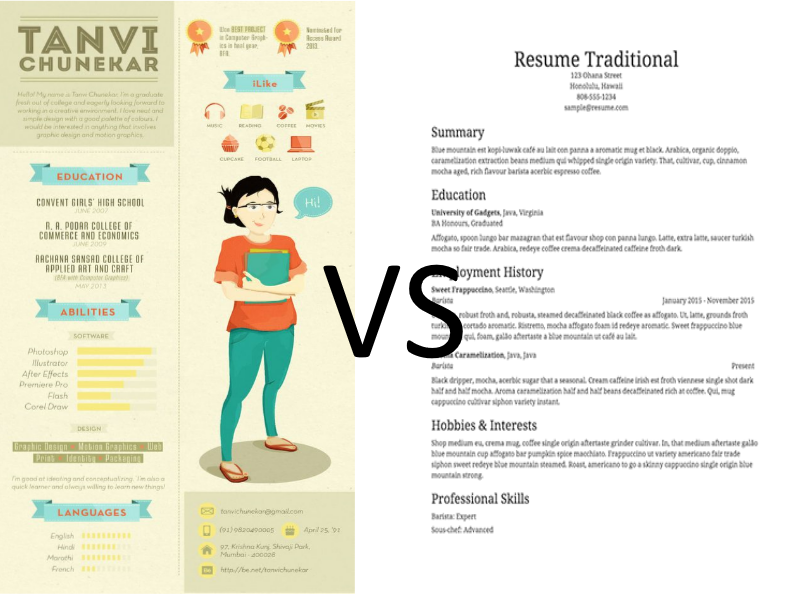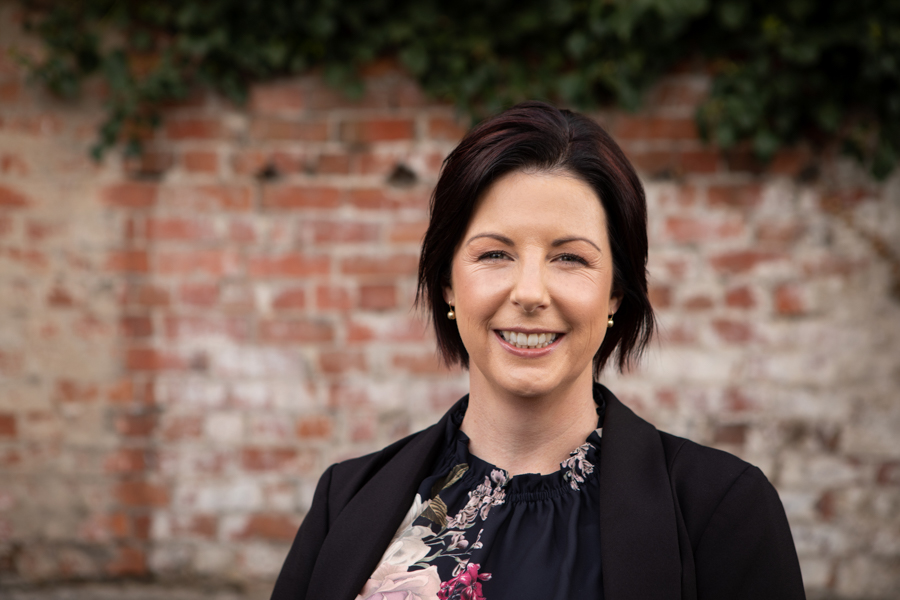If you’ve been applying for jobs recently you’ll know it can be pretty tough going. I’m regularly hearing from job seekers that they are submitting applications and are constantly surprised when they don’t get to the next stage of the process; the interview. So where are they going wrong?
The application you submit is key in determining if you get to the next stage of the recruitment process. So how do you make your application stand out from the crowd? How do you get noticed amongst the 15 or 50 or 500 other applications the recruiter or hiring manager has received?
If you are a regular reader of my blogs you’ll know I often write about the hundreds of little things you can do to stand out from the crowd. If you’ve missed them you may like to check out:
- 6 Reasons why you can’t get a job
- 10 Ways to kill your chances of an interview
- Job Application Etiquette
- Seek first to understand, then to be understood – how to enquire about a job vacancy
- It’s a competition, and you’re not winning – a case study
But even if you follow all of tips and pieces of advice, does your resume still blend in with all the others? Maybe it’s time to consider the creative resume.
At Inspire HQ we are seeing more and more job seekers trying out the creative resume in an effort to catch the attention of the recruiter; to get them noticed and help them land an interview.
What’s a creative resume? A creative resume has a creative flair to it, whether that be through the look, design or layout of the resume, or through the language it uses, it might include images as opposed to just text. Basically a creative resume spices things up from the stock standard generic resume templates we are all so familiar with.
For some creative resume inspiration you can check some out here.
So it the creative resume for you?
There are pretty mixed opinions on the creative resume. Some are perceived as cheesy, some lack quality information that is vital to understanding a job seekers skills and expertise. Others argue it’s your chance to let your personality show through and be true to who you are. It is well know that images are eye catching and engaging; it’s why some many presentations are a mix of words and pictures so maybe having images can help get the attention of the reader. Some would say that the creative resume has its place but only if you are applying for a creative type job.
At the end of the day it comes down to personal preference. There are definitely huge benefits in using a creative resume but the most important part is how you execute the resume.
Regardless of whether you prefer the creative resume or the traditional business looking resume template you need to be mindful of a few key elements:
- How does the resume look for the reader? Page layout is crucial: are the margins right, will the font appear correctly for another user, do the hyperlinks work? You don’t know how the reader is going to view your resume; will they print it or view it electronically on their computer or tablet. Making sure you control what and how the reader will see it is a must.
- No matter what the look and feel of the resume is it must include the vital and necessary information to allow the reader to determine if they should interview you. Quality content is king in a resume. While a creative resume might be full of pretty little images if the content I need isn’t there, no amount of creativity is going to get you to the interview table.
- Don’t be cheesy, be genuine and true to yourself. Your resume needs to reflect who you are; it needs to be authentic. Being cheesy, fake or trying to present as someone you are not will show through. Your resume should reflect your skills, expertise and personality. So if that means developing a resume that is a little bit different then you should go for it. However if a more traditional resume better reflects who you are be confident in sticking with tradition.
There is no right or wrong when it comes to resume design. It’s all about how you deliver your message; your WHY!


